Leading market players are investing widely in research and development in order to expand their product lines, which will help the weight loss products market grow even more. Market participants are also undertaking a various strategic activities to enhance their global footprint, with important market developments including new product launches, contractual agreements, mergers and acquisitions, higher investments, and collaboration with other organizations. To expand and survive in a more competitive and rising market climate, the laser scanner industry must offer cost-effective items.
Manufacturing locally to minimize operational costs is one of the key business tactics used by manufacturers in the global laser scanner industry to benefit clients and increase the market sector. In recent years, the laser scanner industry has offered some of the most significant advantages to various industries, including automobile, healthcare, aerospace, and defense.
Major players in the laser scanner market, including Carl Zeiss Optotechnick GmbH, Faro Technologies, Riegl Laser Measurement Systems GmbH, Hexagon AB, Artec 3D, 3D Digital Corporation, Creaform, Topcon Corporation, Nikon Metrology NV, Trimble Inc., and others, are attempting to increase market demand by investing in various industries.
Focus Core Laser Scanner Market was introduced by FARO Technologies in 2020, which provides extraordinary capturing efficiency, data quality, and accuracy with a speed of less than one minute per scan for professional applications. It has a 70-meter scanning range, smartphone-enabled remote-control capabilities, and faster Wi-Fi wireless workflow. This new solution provides the ideal inclusion into the 3D reality capture that have a best-in-class price-performance ratio. A large section of professionals in construction, public safety, and building operations are going to be benefited from the Focus Core's improvements in cost per scan and, in reality, efficiency.
The combination of Focus Core with Faro Stream provides customers with a unique solution for capturing, managing, collaborating, and storing highly precise reality data for faster and more advanced decision-making. Faro provides the 3D Metrology, AEC (Architecture, Engineering, and Construction), O&M (Operations & Maintenance), and Public Safety Analytics market.
Hexagon launched an Absolute Scanner AS1 that allows the collection of high-density data at an advanced level of precision. It is WRTL(Wireless Laser Tracker)-based scanning system that can provide accuracy to 50 microns throughout a measuring volume 60 meters in diameter without the robot's accuracy. The factories can now be run when lights-out, with large-volume inspection, and can be carried out autonomously overnight because of the enhanced level of freedom that WRTL delivers to users when defining a new configuration. WRTL is one of a kind of scanning solution made for large-volume applications with absolute precision and wireless capability.
Upto four robot-based scanner systems can work together with WRTL.Hexagon's Manufacturing Intelligence department gives solutions that use data from design and engineering, production, and metrology to make manufacturing advance.
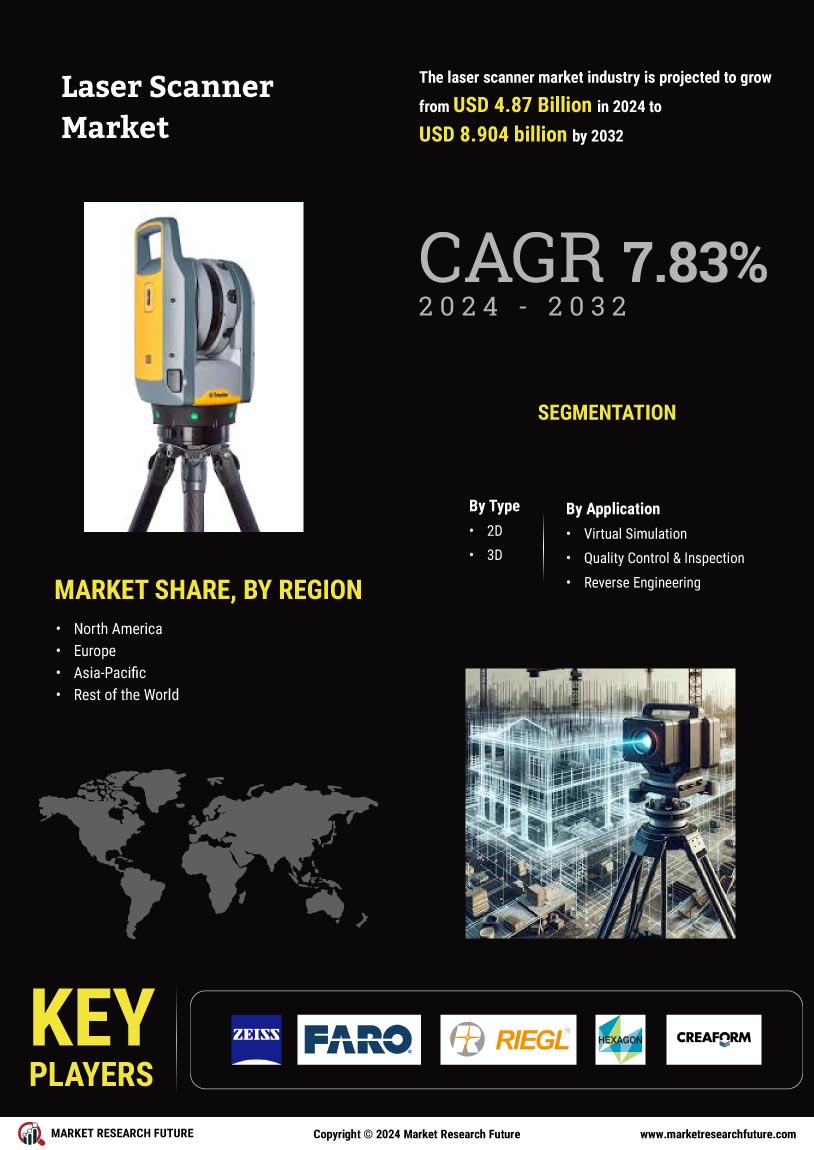
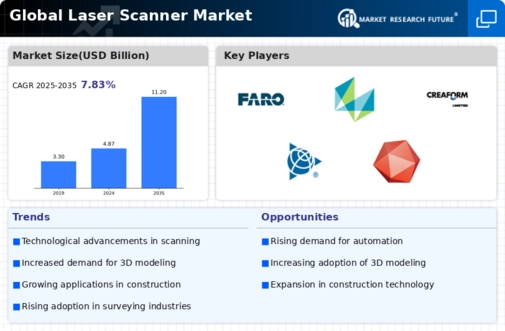
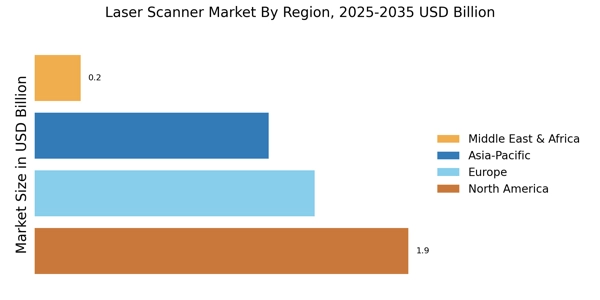
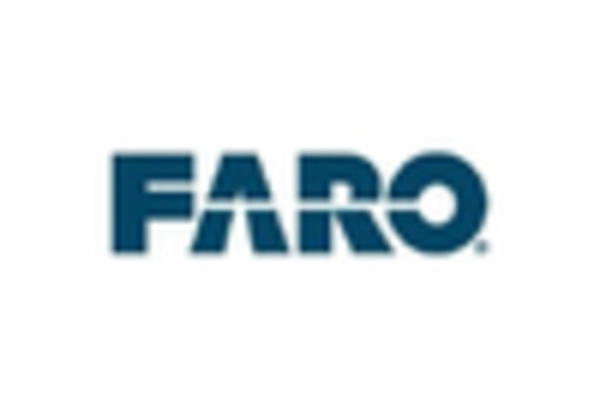


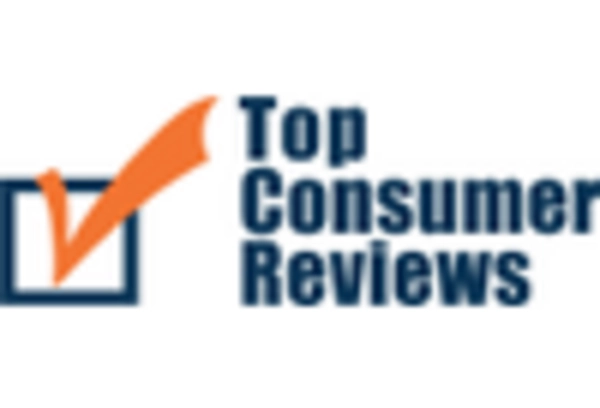
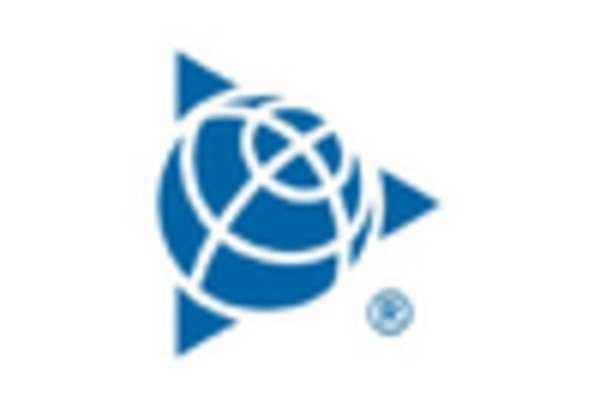









Leave a Comment